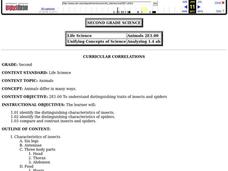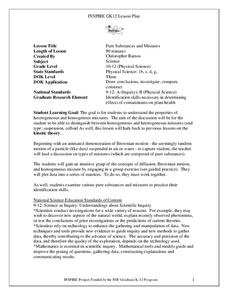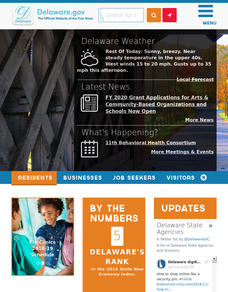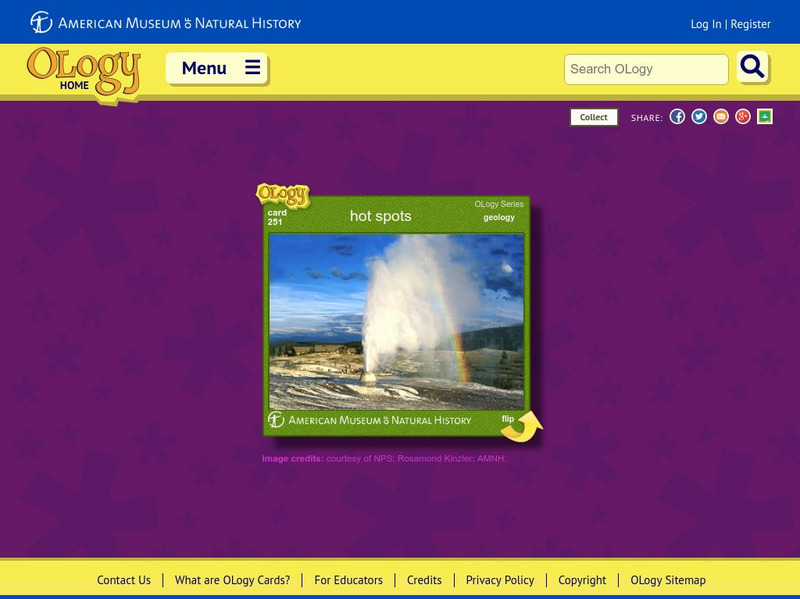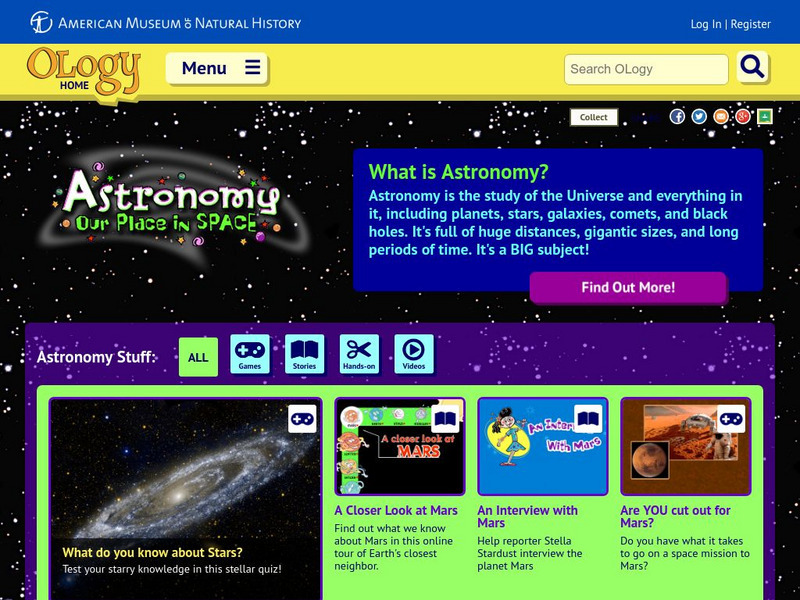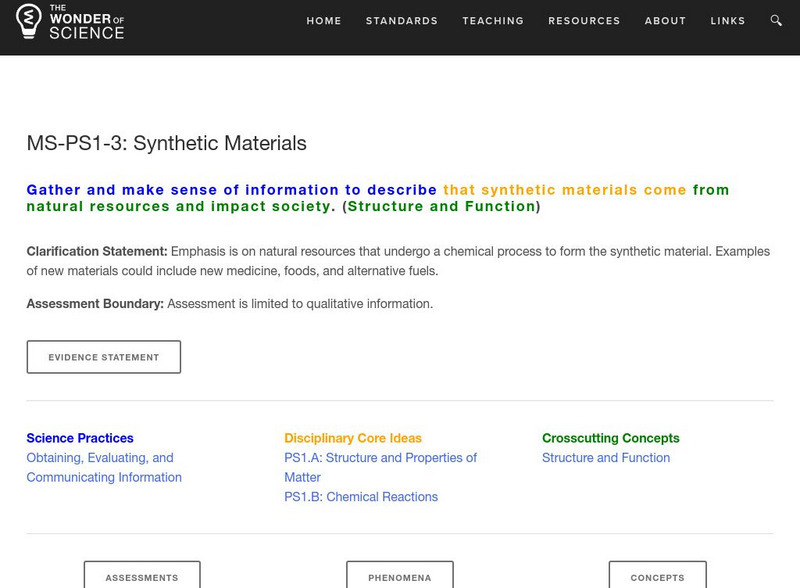Curated OER
Earth/Globe (poles & equator)
First graders create his/her own paper mache earth and label the poles and equator. The land masses can be added and labeling of specific bodies of water. The paper mache earth can then be used to discuss the sun, moon, and the earth and...
Curated OER
Air Pressure
Fourth graders observe a demonstration experiment showing air pressure. They explain air pressure by completing the worksheet.
Curated OER
Hurricane Scavenger Hunt
Fourth graders use Internet and/or library resources to locate and record information about hurricanes on a worksheet..
Curated OER
Streamflow
Young scholars discuss the topic of streamflow and how it occurs. They take measurements and analyze them. They interpret data and create their own charts and graphs.
Curated OER
Animals
Second graders explore the ways in which animals differ. They discuss the characteristics of insects and spiders. Students identify the characteristics of insects and spiders. They compare and contrast insects and spiders.
Curated OER
Give Me the C and D Canal!!!
Young scholars estimate the distance between Baltimore to Philadelphia via the water route before the Chesapeake and Delaware Canal was built. They familiarize themselves with canals and how transporation and economic necessities...
Curated OER
The Undiscovered Planet
Students find a planetary object using star fields. In this investigative lesson students determine the distance to an object using trigonometric parallax.
Curated OER
A Model of Three Faults
Students investigate faults. In this science lesson, students explore the many stresses and strains in the earth's layers and research the types of faults in their state.
Curated OER
Converting Metric Units and Prefixes
Students investigate the length of various objects. In this measurement lesson, students convert one metric unit to another. They explain the importance of a uniform system of measurement.
Curated OER
Scientific Inquiry: Periodic Motion
Students construct their own pendulum. In this physics lesson, students design an experiment to find the factors affecting its period. They formulate a conclusion based on experimental data.
Curated OER
Pure Substances and Mixtures
Students compare and contrast the properties of substances and mixtures. In this chemistry lesson, students simulate spontaneous mixing by performing a short class activity. They differentiate heterogeneous and homogeneous mixtures.
Curated OER
Give Me The C and D Canal!!!
Students estimate the distance from Baltimore to Philadelphia via the water route before the Chesapeake and Delaware Canal was built. Students study canals and how transportation and economic necessities dictate the building of a canal.
Curated OER
Three-dimensional cooperative modeling
Learners explore what is present below the surface in order to drill into the ground and record the type of material that the drill brings to the surface. They discuss the benefits and drawbacks of distance communications. Students...
University Corporation for Atmospheric Research
Ucar: Little Ice Age: Blooming Thermometers
In this lesson plan, students develop an understanding of the relationship between natural phenomena, weather, and climate change, the study known as "phenology." In addition, they learn how cultural events are tied to the timing of...
Canadian Museum of Nature
Canadian Museum of Nature: How Do Birds Fly?
Have you ever wondered about how birds are able to fly? View three 3D animations to see a bird take off, flap in flight and glide. This is an excellent resource to develop an understanding of the physical forces that make this one of the...
American Museum of Natural History
American Museum of Natural History: Hot Spots O Logy Card
Hot spots in the earth's mantle create natural phenomena like geysers and volcanoes. Learn about hot spots by reading this interactive ology cards and answer questions when you're finished.
American Institute of Biological Sciences
Action Bioscience: Natural History Museum Collections in the 21st Century
Discover why some people feel that natural history museums are more import now than they have ever been. Familiarize yourself with some of the challenges these museums are facing.
American Museum of Natural History
American Museum of Natural History: O Logy: Astronomy: Our Place in Space
This resource is a place for learning all about astronomy--stargazing, planets, space science, and interesting astronomical phenomena and discoveries. Explore, ask questions, find information, and meet American Museum of Natural History...
American Museum of Natural History
American Museum of Natural History: Ology: In Pictures: Journey to the Stars
Two astrophysicists present images of stellar phenomena in this resource and explain why stars are so important to the existence of life on Earth.
The Wonder of Science
The Wonder of Science: 4 Ess3 2: Natural Hazard Design Solution
Work samples, phenomena, assessment templates, and videos that directly address standard 4-ESS3-2: natural hazard design solution.
The Wonder of Science
The Wonder of Science: Ms Ls4 4: Natural Selection
Work samples, phenomena, assessment templates, and videos that directly address standard MS-LS4-4: natural selection.
The Wonder of Science
The Wonder of Science: Ms Ps1 3: Synthetic Materials
Do you need some materials to help you do a lesson on synthetic materials? This site contains work samples, phenomena, assessment templates, and videos that cover the materials synthetic materials come from and how they impact society.
Story Behind the Science
Story Behind the Science: Detection of Black Holes [Pdf]
Article outlining the scientific history behind the discovery of black holes. The writer discusses how scientific theories guide scientists in creating explanations for natural phenomena.
Story Behind the Science
Story Behind the Science: The Story of Dark Matter [Pdf]
The scientific history behind the discovery of dark matter. Questions are posed throughout about how theories are developed to provide possible explanations of natural phenomena.




